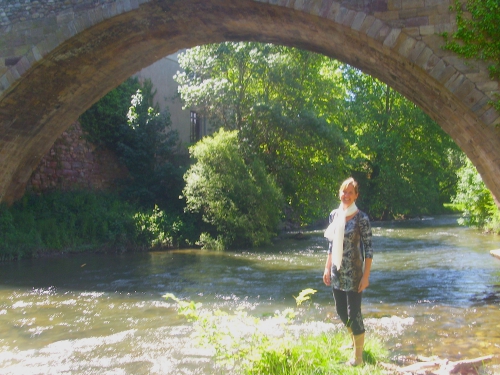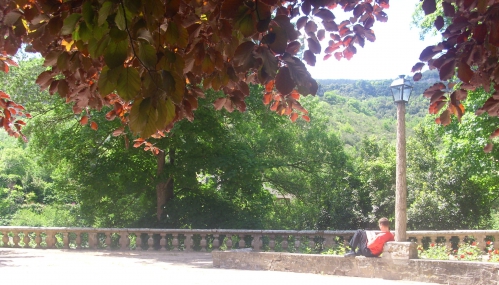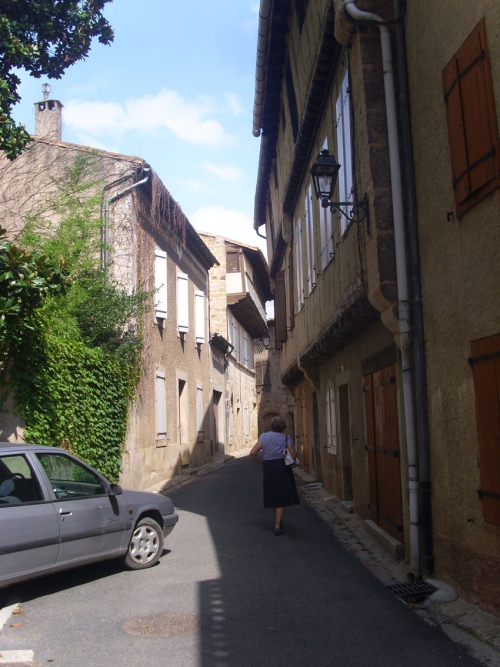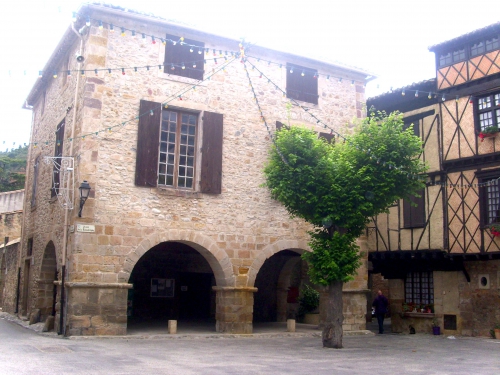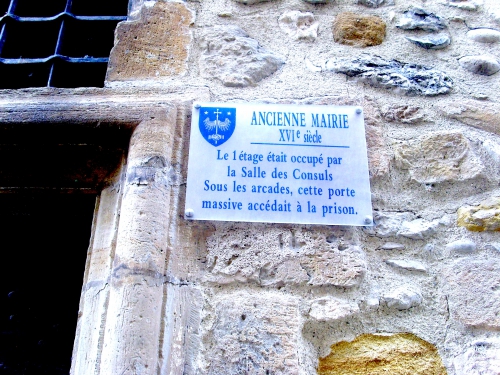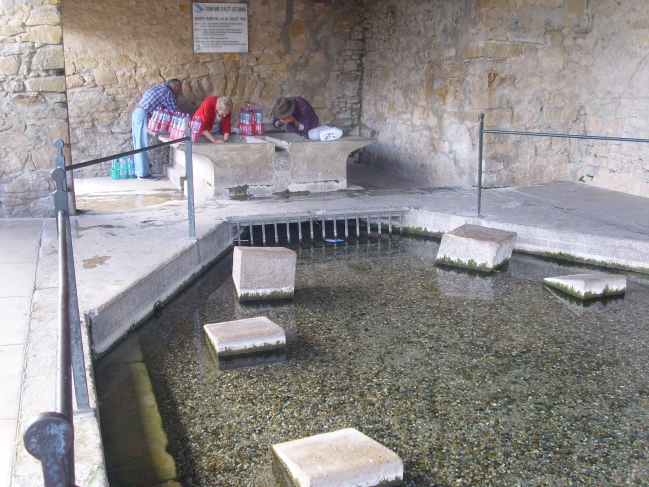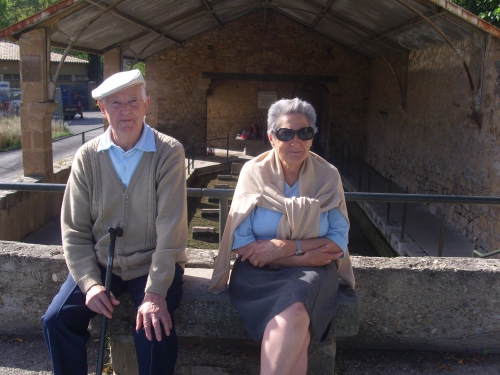Alet les Bains
ALET LES BAINS
This favourite place of the "Rennies", where Bérenger Saunière was once vicar in the church, is situated on the D118 between Limoux and Couiza.
One day I took the bus to meet up at Carcassonne with Tina from Conneticut, that was a magic day. Here a picture I took of her, out of focus I know, but it's got a certain atmosphere . . .
It's under the bridge, or nearly, at Alet-les-Bains. Then we went for lunch at the Bishop's Palace . . .
The grounds are open to the public and it is a very peaceful place. Food's good but the wine is better!
The Town centre
Just to wander around the streets with their 16th century half-timbered buildings is a delightful experience in itself, and one discovers many hidden gems of history.
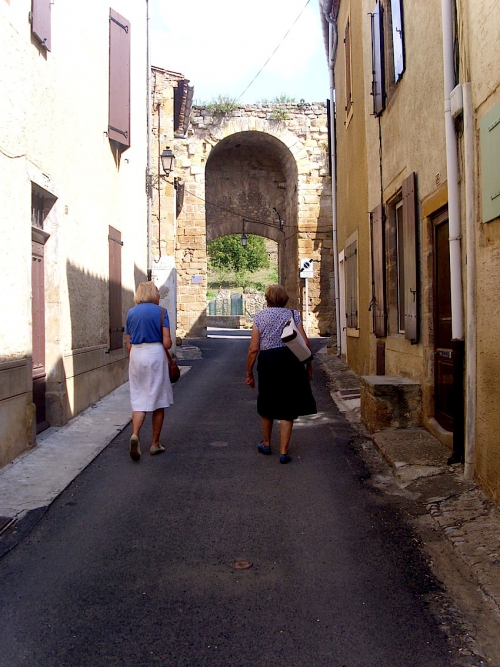
Sixteenth century streets . . just about wide enough for two people or two horses.
The six main streets make a star pattern in the centre of which is the place de la Republique, with its arcades and its statue of Athena. The town centre of Alet-les-Bains is well known for its well-kept town houses of the 16th and seventeenth centuries, many with beautiful stone gateways, carvings and archways.
The main square in the centre contains all the luxurious buildings - one of which used to be the Mairie, the one opposite it is for sale! - that belonged to the wealthy burgers when Alet was important and also masonic.
Meanwhile, the High Valley of the Aude, as with the Corbières to the East, is full of natural springs and underground rivers.
There used to be a source beside the old Cathedral - when I first visited there in 1990 there was a notice beside it, saying; drink at your own risk! Eventually it was legalised and a bottling plant set up. But for some reason the local people protested vigorously I heard, and the plant was closed.
The statue in the centre of the old town is also over a running spring; this is the same water as you can find beside the cathedral.
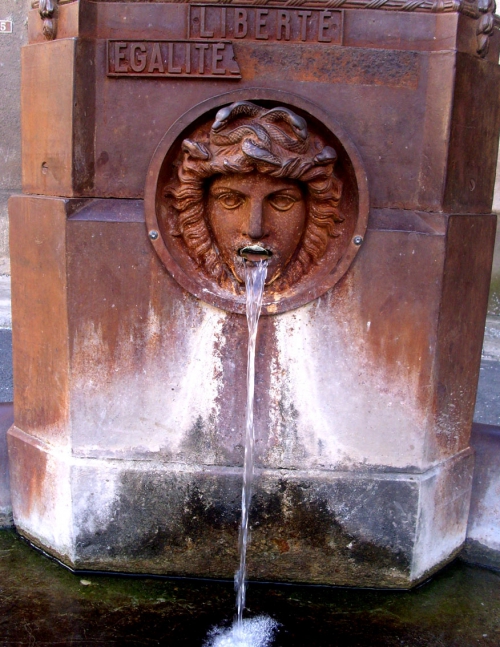
But the most popular source is the lavoir.
To the north of the town, this is the lavoir, where the women used to come to do their washing. There are lavoirs in many towns of this region. Especially for the women, they were also a meeting place where news and gossip as exchanged.
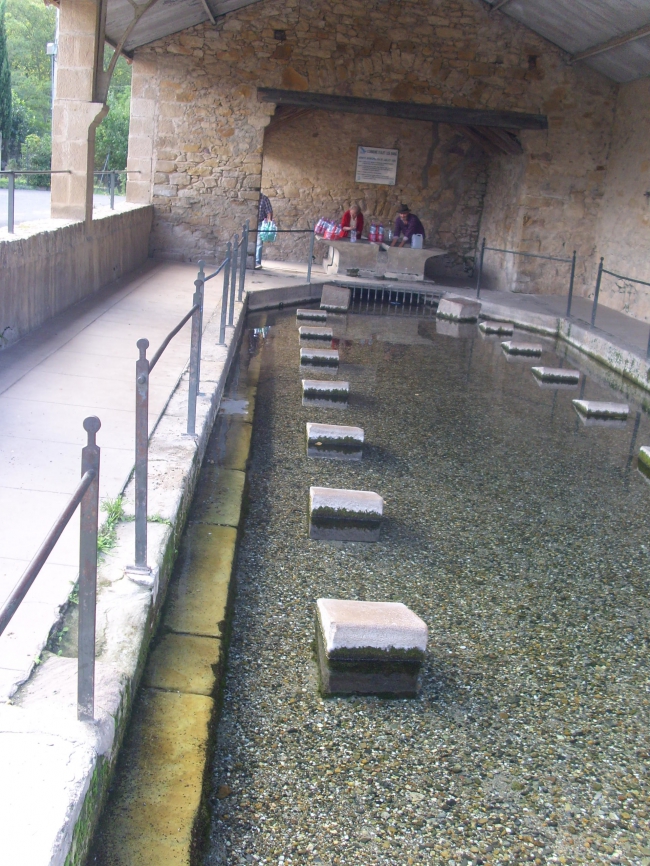
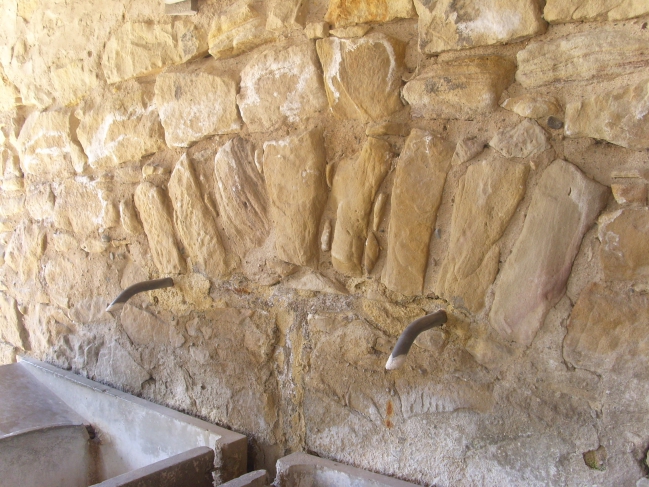
The water runs continually. It looks as though the building has been roofed just for protection, and the stone walls have been maintained for hundred of years. We knew in our bones that this source of water has been used since Roman times. The locals still come to fill their bidons and waters bottles, for this is good drinking water.
I talked for a while to the couple there. They had lived in Alet-les-Bains all their lives, and they told me about life in the village before the advent of municipal water in the late 1960's. People came to wash themselves and their clothes and to take home the good fresh drinking water. The place was busy all day long. And it is all completely free. You could live without paying water rates in Alet; some people come in cars from other villages,their boots full of plastic containers. Meanwhile, the water never stops running and it feeds the swimming bath next door.
They posed for a portrait, both in their eighties. They drink this water for longevity!
Everything else you never knew!
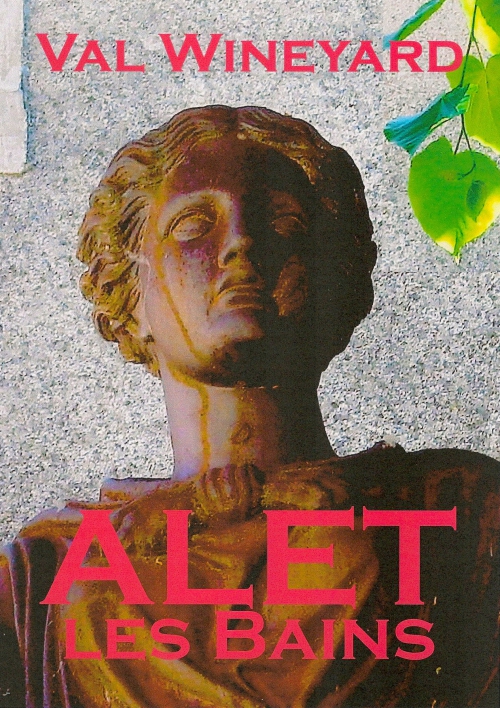
As a result of my interest in the region of Rennes-le-Château and it's mysteries, I have long been exploring other villages and hamlets in the region, leading to the conclusion that the whole area resonates with - what? Something very special. Hard to put a finger on, perhaps the way one mystery always unfolds and reveals another. Anyway, I wrote a book!
Alet-les-Bains is situated between Limoux and Couiza in the High Valley of the Aude. It's a ten minute drive to and from Rennes-le-Château. It has a by-pass so maybe that's why so many people miss it. But turn off to find yourself in another world, one that played a prestigious role in the history of the region, being a major trading centre in Celtic and Roman times, a religious centre in the Middle ages, a healing centre and a masonic town in the late 19th century.
It was also the place where Bérenger Saunière had his first appointment as a priest, he was the Assistant Vicar there nefore he had his own parish at Le Clat, after which he came to Rennes-le-Château.
As you wander around the village centre, with incredible 12th century stonework and 16th century half-timbered houses, you will start to see strange signs everywhere and unusual statues that will send you on a fascinating voyage of discovery, much more pagan and heretic than one would expect from a cathedral town.
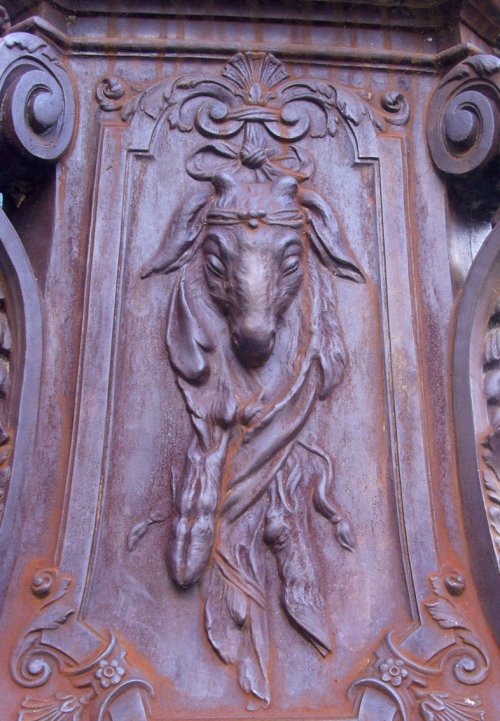
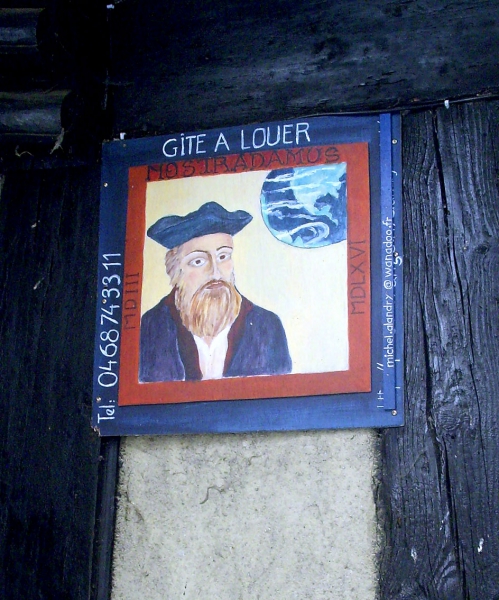
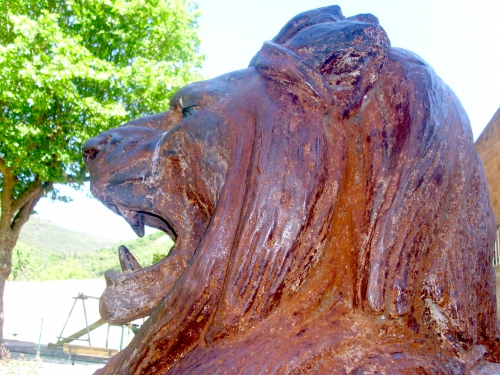
I made this book an unusual guide to - the unusual. Chapters explain the Celtic trading centre on the River Aude, the Roman road over the mountain, the Black Virgin in the church, the burials under the cathedral floor, the man who told the future, the American who gave his life for France, the man who worked as a cook for the Tsar of Russia - and maybe even the place where Jesus and Mary Magdalene passed so long ago. The book is illustrated in colour throughout.
It is also available on Amazon.co.uk - click here for details.
For much more about the secrets of Alet les Bains - click here.
Inscrivez-vous au blog
Soyez prévenu par email des prochaines mises à jour
Rejoignez les 97 autres membres

